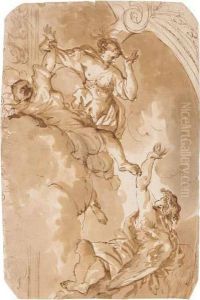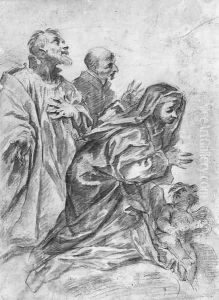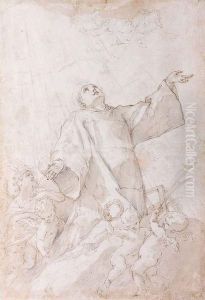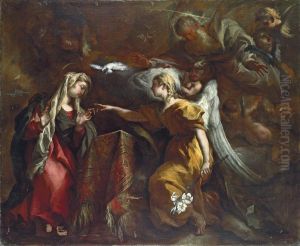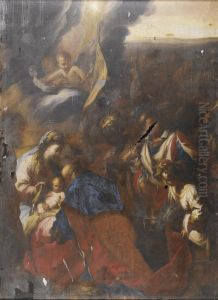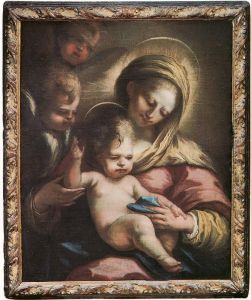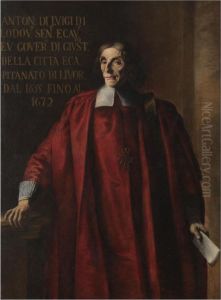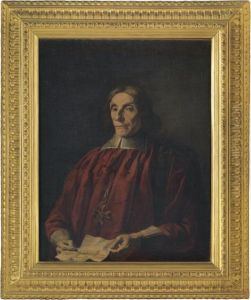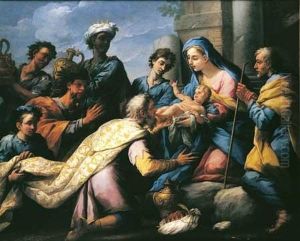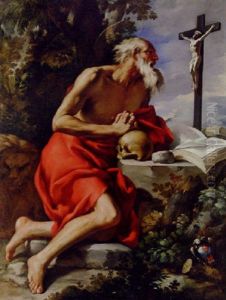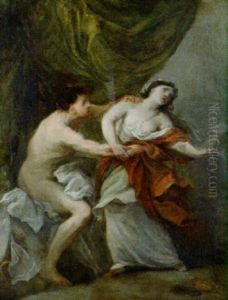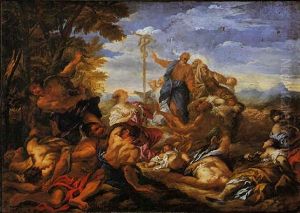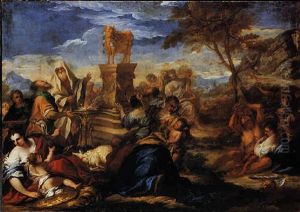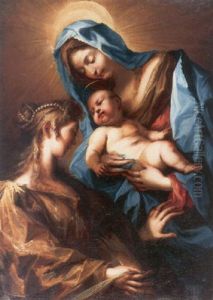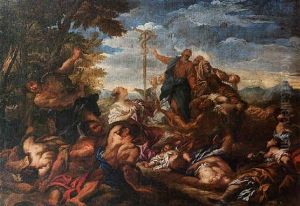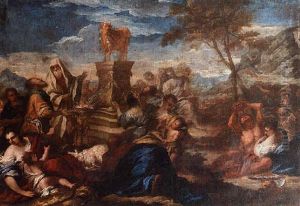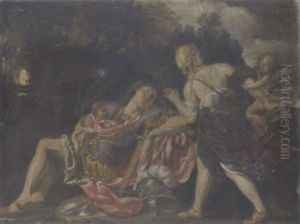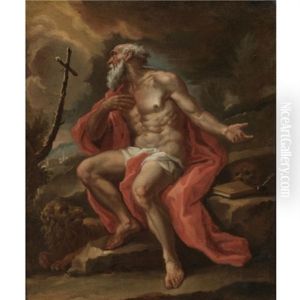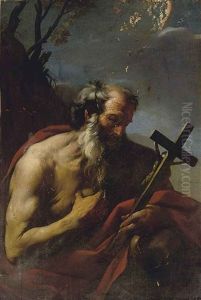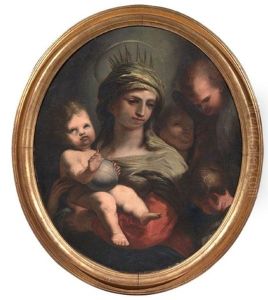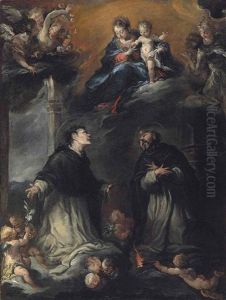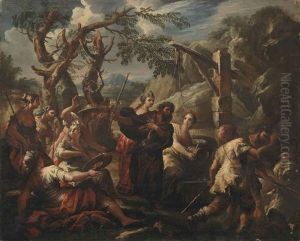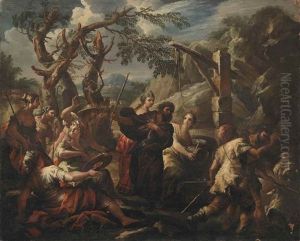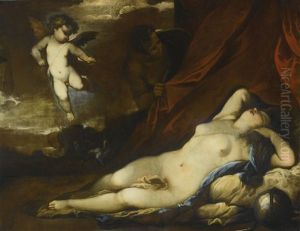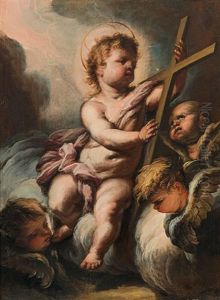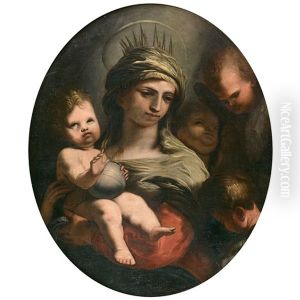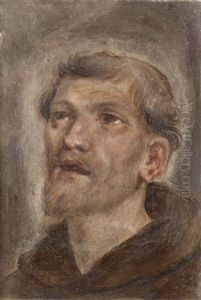Alessandro Gherardini Paintings
Alessandro Gherardini was an Italian painter of the Baroque period, born in 1655 in Florence, Italy. He was initially trained by his father, a lesser-known painter named Lorenzo Gherardini. Later, Alessandro further developed his artistic skills under the tutelage of the prominent Florentine artist, Simone Pignoni. Gherardini's works are known for their dynamic compositions and vibrant color palettes, which were characteristic of the Baroque style that emphasized movement, contrast, and emotional intensity.
During his career, Alessandro Gherardini became well-known for his religious and mythological scenes, as well as his portraitures. He was particularly adept at conveying the drama and storytelling through his works, which resonated with the tastes of the time. His paintings often depicted scenes from the Bible and classical mythology, imbued with a sense of realism and attention to detail.
Gherardini's contributions to Italian Baroque art were significant, as he worked on various commissions for churches and noble families in Florence and other cities in Tuscany. Among his notable works are frescoes in the church of Santissima Annunziata in Florence and the Duomo of Prato. Despite facing competition from his more famous contemporaries, such as Giovanni Battista Tiepolo, Gherardini managed to establish a distinctive style that was appreciated by his patrons.
The latter part of Alessandro Gherardini's life saw him continuing to paint and contribute to the artistic landscape of the time. His influence extended to his pupils, one of whom was his son, Giovanni Domenico Ferretti, who also became a respected painter in his own right. Gherardini's works can still be seen in various churches and museums, offering a glimpse into the Baroque period's rich artistic heritage. He passed away in 1726, leaving behind a legacy that would be remembered and studied by art historians and enthusiasts.
